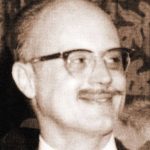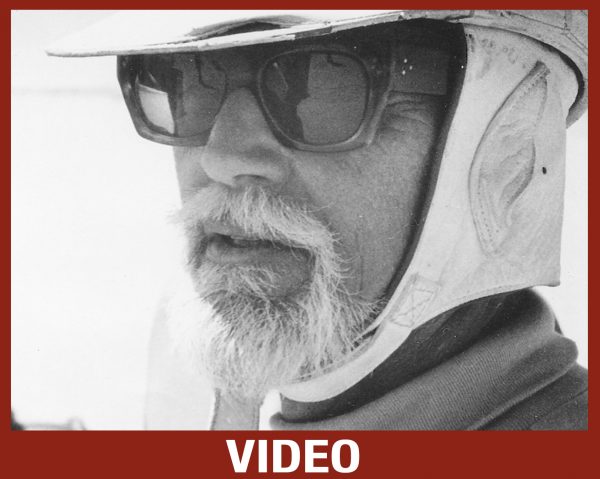Alex Tremulis began to impact the way cars look in 1933 when he joined the design team at Auburn-Cord-Duesenberg. More than a half-century later his influence could be seen in a new breed of aerodynamic cars at Ford Motor Co.
Jack Telnack, Ford’s styling director in the 1980s, frequently used a Tremulis quote to encourage his team of designers to move away from the boxy, hard-edged cars favored at General Motors.
During his days as a Ford futurist, Tremulis had once asked a conference of designers: “When are all of you going to stop this torture of innocent sheet metal?”
As a 19-year-old at Auburn-Cord-Duesenberg, Tremulis worked on the classic Cord 810 and 812 series, and created a custom Duesenberg roadster. At coachbuilder Briggs-Le Baron, he helped design the Packard Clipper and the 1941 Chrysler “Thunderbolt” concept car — a pair of vehicles that influenced postwar design.
In 1946, he was asked by Preston Tucker to sketch a radical and innovative car for Tucker’s new company. What he came up with was the Tucker 48, sometimes called the Tucker Torpedo. The Tucker company flamed out, but the Torpedo forged a place in automotive history. And it attracted the attention of Ford, which recruited Tremulis for its Advanced Studio.
At Ford in 1957, he was asked to design a car that “he believed we would be driving in the year 2000.” Tremulis came up with a clay model called the X-2000, a concept that would be turned into a running prototype in 1999.
Tremulis remained at Ford for more than a decade and showed a propensity for soft edges and a fascination with aerodynamics and space travel. The two-wheel Ford Gyron was a futuristic gyro-car first shown at the 1961 Detroit auto show. The car became the basis for the Gyronaut X1, which set a world speed record.
Tremulis set up his own design firm in 1963. One of his last designs was the Subaru Brat, which was introduced in 1977 and was sold in the United States for the next decade.
He also taught at what is now the College for Creative Studies in Detroit. He died in 1991 at age 77.
Source: Automotive News




